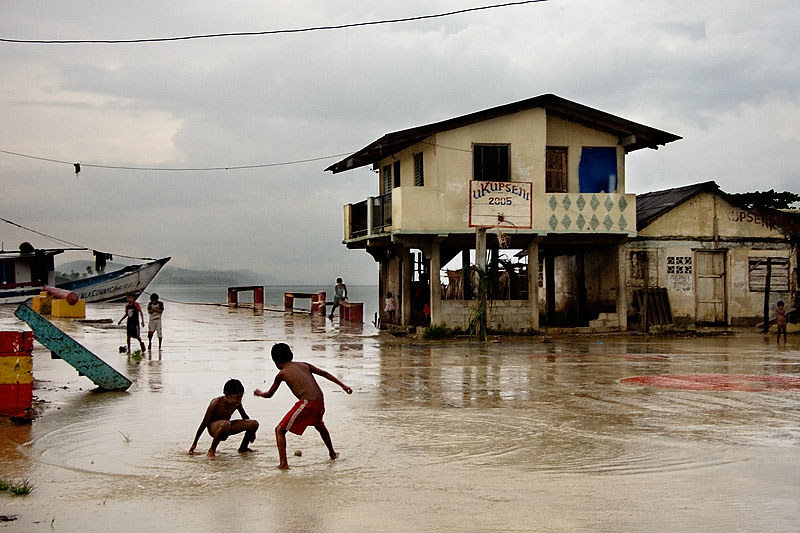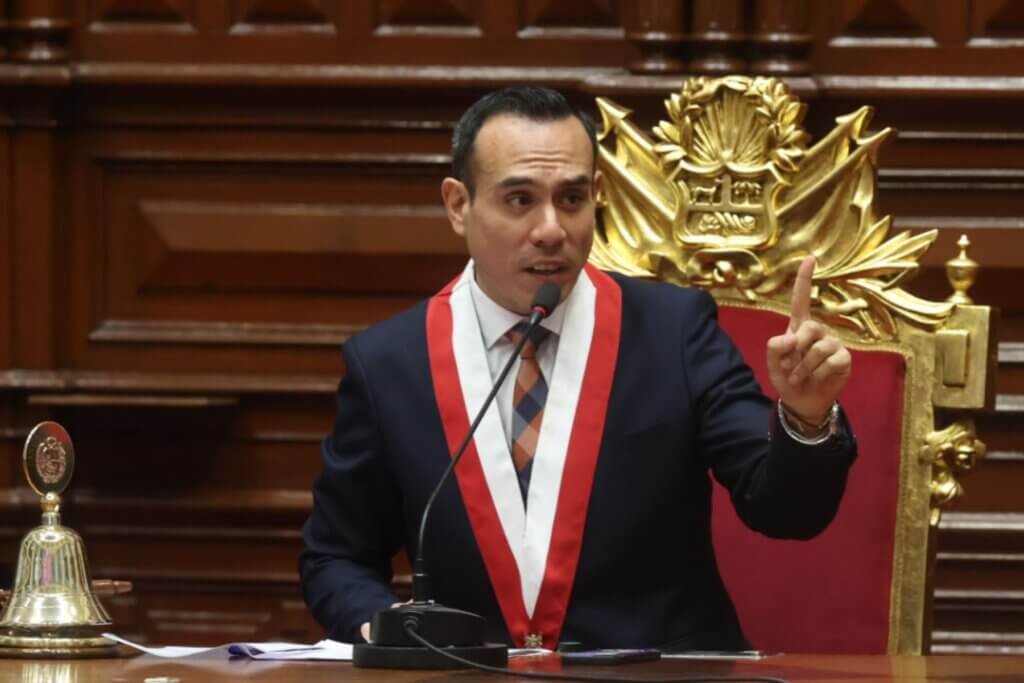Medellín, Colombia – “Despite progresses in poverty reduction, inequality remains Panama’s Achilles’ heel,” said Luis Felipe López-Calva, Global Director, Poverty Reduction and Equity Promotion Global Practice at the World Bank, on X.
The international financial institution on February 12 published a new report which found that Panama’s inability to reduce inequality persists despite the country’s celebrated economic prosperity.
The report, “Panama: From Growth to Prosperity,” attributes the Central American country’s higher rates of inequality to low levels of human capital and poor job quality that create remarkable economic disparities across the country.
Further, the study revealed that there are significant inequalities in the labor market that are representative of Panama’s ethnic and territorial divides.
Despite Panama’s classification as a high income country, it has been identified as one of the most unequal countries in the world. With poverty in Indigenous regions (comarcas) reaching 15 times the rate of poverty in urban areas at 76% in 2023, Panama’s struggle to resolve the issue of economic imbalance remains a cause for investigation.
The World Bank identified three recommendations for Panamanian authorities to target the primary causes of inequality and close the country’s wealth divide.
The first recommendation is to promote the closing of territorial and ethnic gaps by promoting growth opportunities in rural and Indigenous communities. The study noted that Indigenous populations living in Panama’s rural comarcas have distinctly restricted access to infrastructure and services, which limits their access to better paying, higher-quality employment opportunities.
The second pillar promotes the improvement of the quality of education nationwide and encourages the accumulation of human capital from the earliest stages of childhood development until tertiary education. Existing educational practices, according to the researchers, must be reformed to ensure smoother and more frequent transitions into the labor market.
The final pillar calls for greater household protection against natural hazards, to which Panama is highly prone as the country ranks 14th globally in terms of exposure to multiple hazards like floods and cyclones. Poorer households which rely more on climate-dependentsectors such as agriculture have less capacity to recover in the wake of natural disasters and, according to the report, they often lack the resources to effectively respond to shocks due to the limited coverage of adaptive social protection programs.
In a February 13 press release, Oscar Calvo-González, Director of Equitable Growth, Finance and Institutions for Latin America and the Caribbean at the World Bank, stated that if the Central American country hopes to address inequality, it must “continue investing in quality education and training aligned with labor market demands and promote policies that will reduce territorial and ethnic gaps to achieve sustained growth that will benefit all Panamanians.”
Featured image credit: San Blas, Panama by Guillermo A. Durán via Flickr, https://creativecommons.org/licenses/by-nc-nd/2.0/










